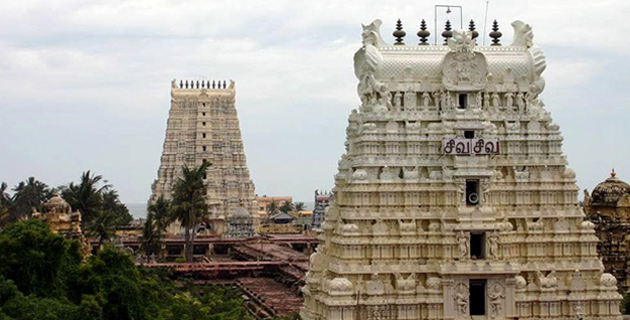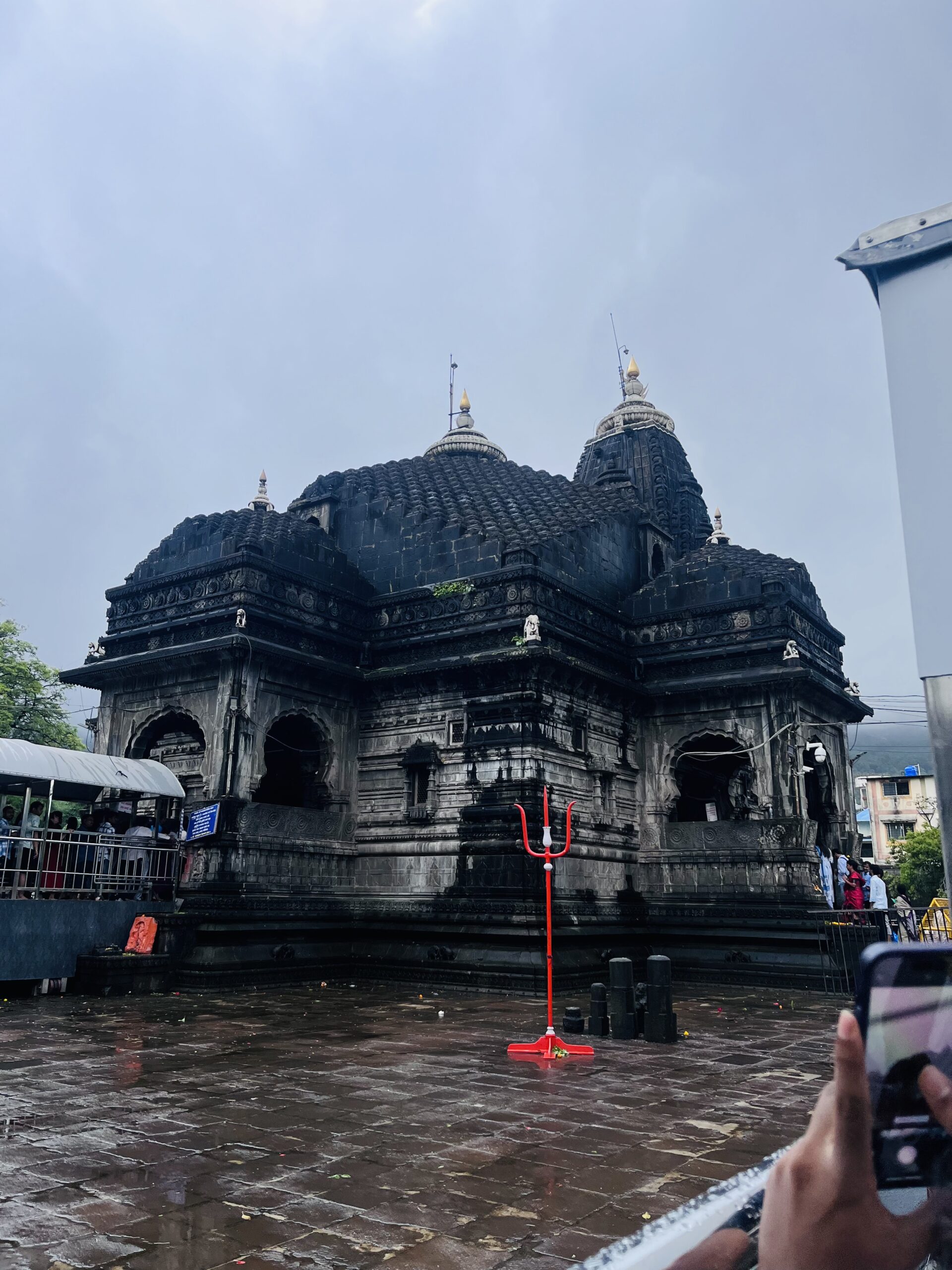Rameshwar Jyotirlinga, also known as Ramanathaswamy Temple, is one of the twelve sacred Jyotirlingas of Lord Shiva. It is located on Rameswaram Island in the state of Tamil Nadu, India. This temple is particularly significant as it links two major Hindu deities, Lord Shiva and Lord Vishnu, and is one of the holiest pilgrimage sites, especially for followers of the Shaiva and Vaishnava sects. The temple is also a part of the Char Dham Yatra, one of the most revered pilgrimages in Hinduism.
Mythological Significance:
The Rameshwar Jyotirlinga is deeply tied to the epic Ramayana and the legend of Lord Rama:
- Legend of Lord Rama:
- According to Hindu mythology, after rescuing Sita from the demon king Ravana, Lord Rama wanted to atone for the sin of killing a Brahmin (Ravana was a Brahmin by birth). To seek forgiveness, Lord Rama wished to worship Lord Shiva and decided to establish a Shiva Lingam at Rameswaram.
- He sent Hanuman to Mount Kailash to bring a Shiva Lingam from there. However, as Hanuman took time to return, Sita made a small Lingam out of sand on the seashore. This Lingam is known as the Rama Lingam or Ramalinga.
- When Hanuman returned with the Lingam from Kailash, it was installed alongside the sand Lingam and is now worshipped as the Hanumath Lingam.
- Shiva’s Blessing:
- Lord Shiva, pleased with Rama’s devotion, appeared and blessed him. This Lingam became known as the Rameshwar Jyotirlinga, meaning “the Lord of Rama.”
Historical and Spiritual Importance:
- Rameshwar Jyotirlinga is not just a Shiva shrine; it represents the unity of Shaiva and Vaishnava traditions, with the temple being revered by both devotees of Lord Shiva and Lord Vishnu.
- Rameshwaram Island is also the place where Lord Rama is said to have built a floating bridge, called Rama Setu, to reach Lanka and rescue Sita. The island’s historical connection to this legendary event enhances its spiritual importance.
- The temple is considered one of the holiest pilgrimage sites for Hindus. Pilgrims come to this temple to absolve themselves of sins by bathing in the sacred waters of the 64 holy theerthams (water bodies) around the temple, particularly the Agni Theertham, located near the sea.
Architectural Significance:
- The Ramanathaswamy Temple is famous for its Dravidian architecture and is one of the most beautiful temples in South India. It is known for its long, ornate corridors, massive gopurams (gateway towers), and intricately carved pillars.
- Corridors: The temple boasts one of the longest corridors in the world, stretching over 1,200 meters. The corridors are supported by 1,212 intricately carved pillars, making it a marvel of temple architecture.
- Gopurams: The temple has two main gopurams, one facing east and the other facing west. The eastern gopuram is about 53 meters tall, while the western gopuram stands at 45 meters.
Rituals and Festivals:
- Abhishekam: The most important ritual is the Abhishekam, where the Shiva Lingam is bathed with water, milk, and other sacred substances. Devotees offer prayers and perform this ritual to seek the blessings of Lord Shiva.
- Teerth Snanam: One of the key rituals in Rameshwaram is taking a bath in the Agni Theertham, the sea near the temple, followed by bathing in the 22 wells inside the temple complex. Each of these wells is said to have different medicinal properties and spiritual significance.
- Maha Shivaratri: This is the most significant festival at the Rameshwar Jyotirlinga, celebrated with great devotion. Thousands of devotees gather to offer prayers and participate in the special rituals conducted throughout the day and night.
- Ramalinga Pratishtha: The installation of the Ramalinga by Lord Rama is commemorated with special rituals and ceremonies during the month of Shravan (July–August).
Spiritual Beliefs:
- The Rameshwar Jyotirlinga is considered a site of great spiritual power. According to belief, worshipping Lord Shiva here can absolve one of sins, particularly the sin of Brahmahatya (killing a Brahmin), as Lord Rama sought to atone for his actions at this site.
- The Char Dham Yatra: Rameshwaram is one of the four pilgrimage sites that make up the Char Dham (along with Badrinath, Dwarka, and Puri). It is believed that visiting all four sites brings spiritual liberation and freedom from the cycle of rebirth.
- Devotees also believe that a pilgrimage to Rameshwaram and worship of the Rameshwar Jyotirlinga will fulfill desires, cleanse sins, and lead to moksha (liberation).
How to Reach:
- Rameswaram is well-connected by road, rail, and air. The nearest major city is Madurai, located about 170 km from the temple. Madurai also has the nearest airport, with regular flights connecting to major Indian cities.
- The temple is located on Pamban Island, connected to the mainland by the famous Pamban Bridge, which offers stunning views of the sea and surrounding landscape.
Conclusion:
The Rameshwar Jyotirlinga is one of the most revered Jyotirlingas in India, with its deep connection to the Ramayana and its significance as a part of the Char Dham Yatra. The temple’s association with both Lord Shiva and Lord Rama makes it a unique and spiritually rich pilgrimage destination. Worshipping at Rameshwaram is believed to bring both worldly and spiritual benefits, including the washing away of sins and the attainment of moksha. The temple’s grandeur, combined with its profound religious significance, continues to draw millions of devotees every year.













